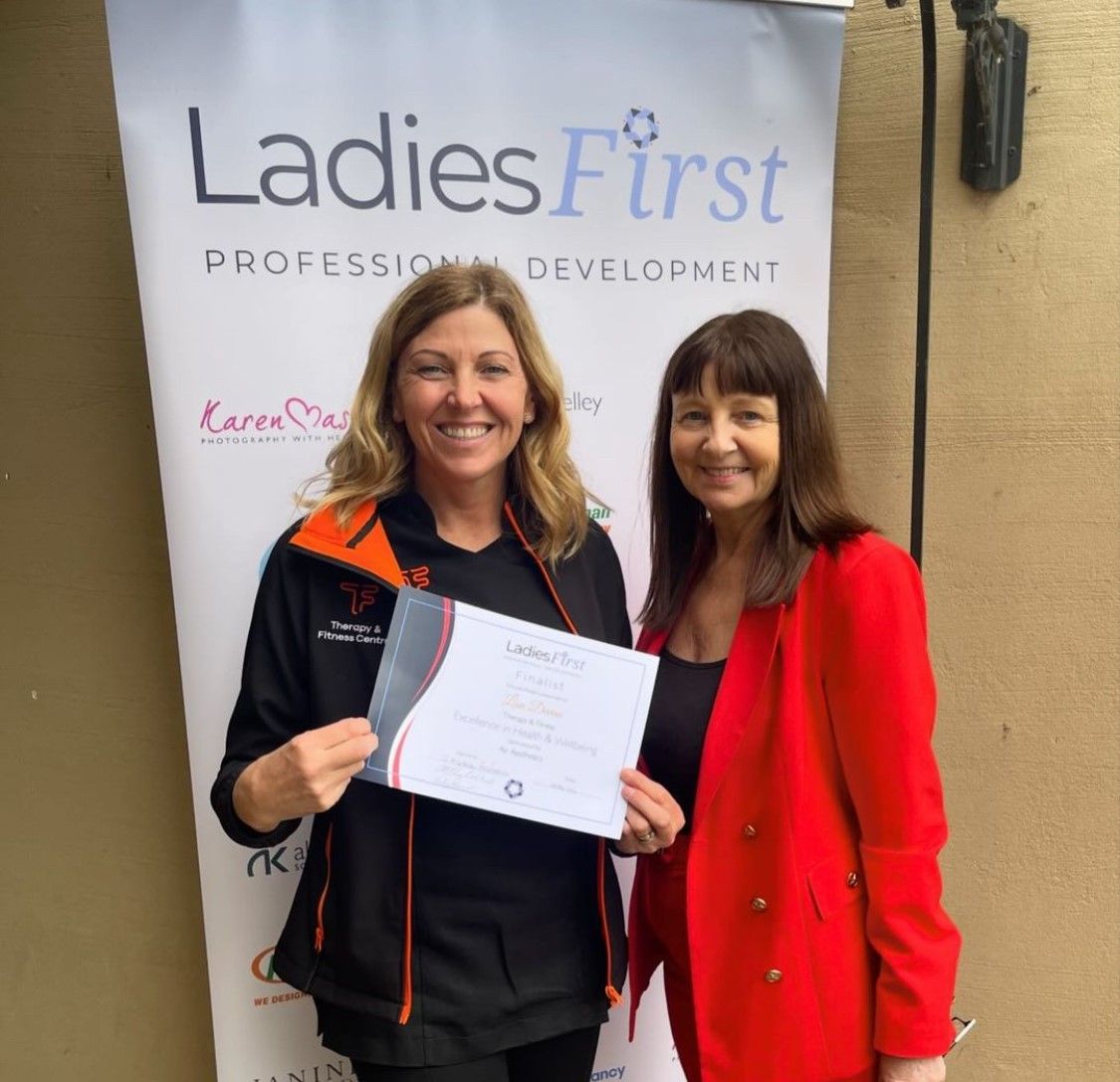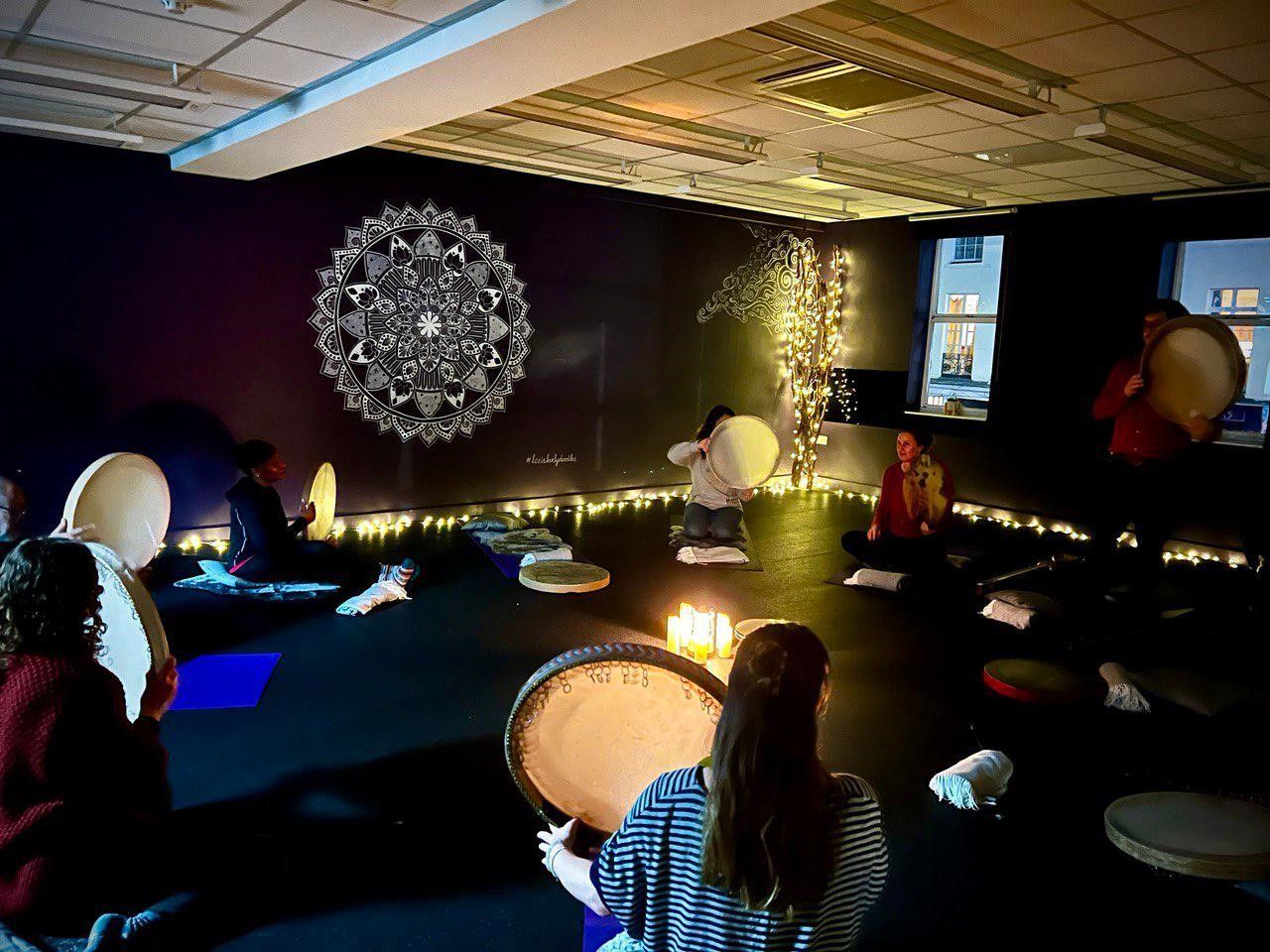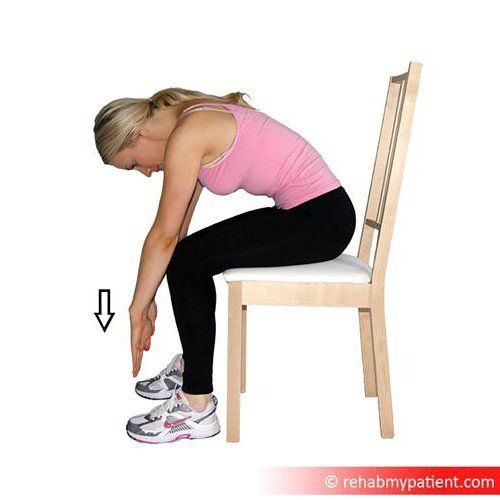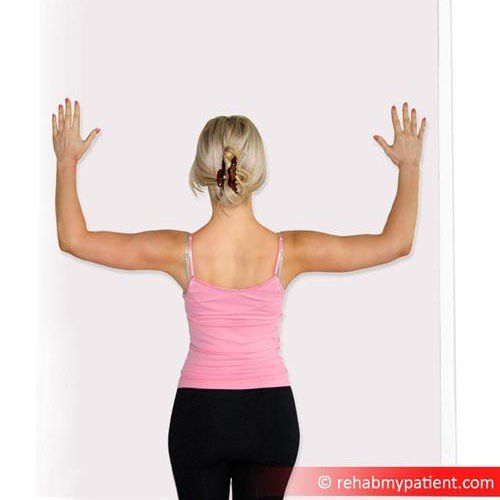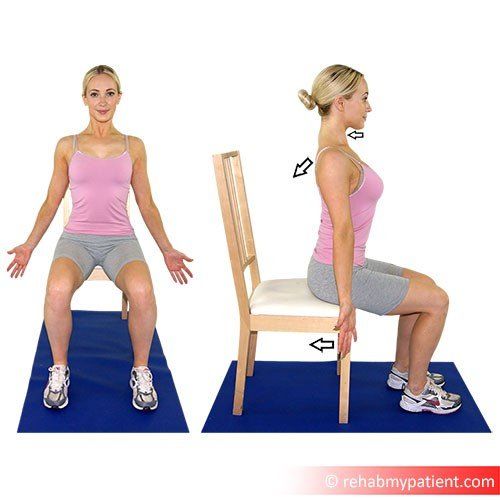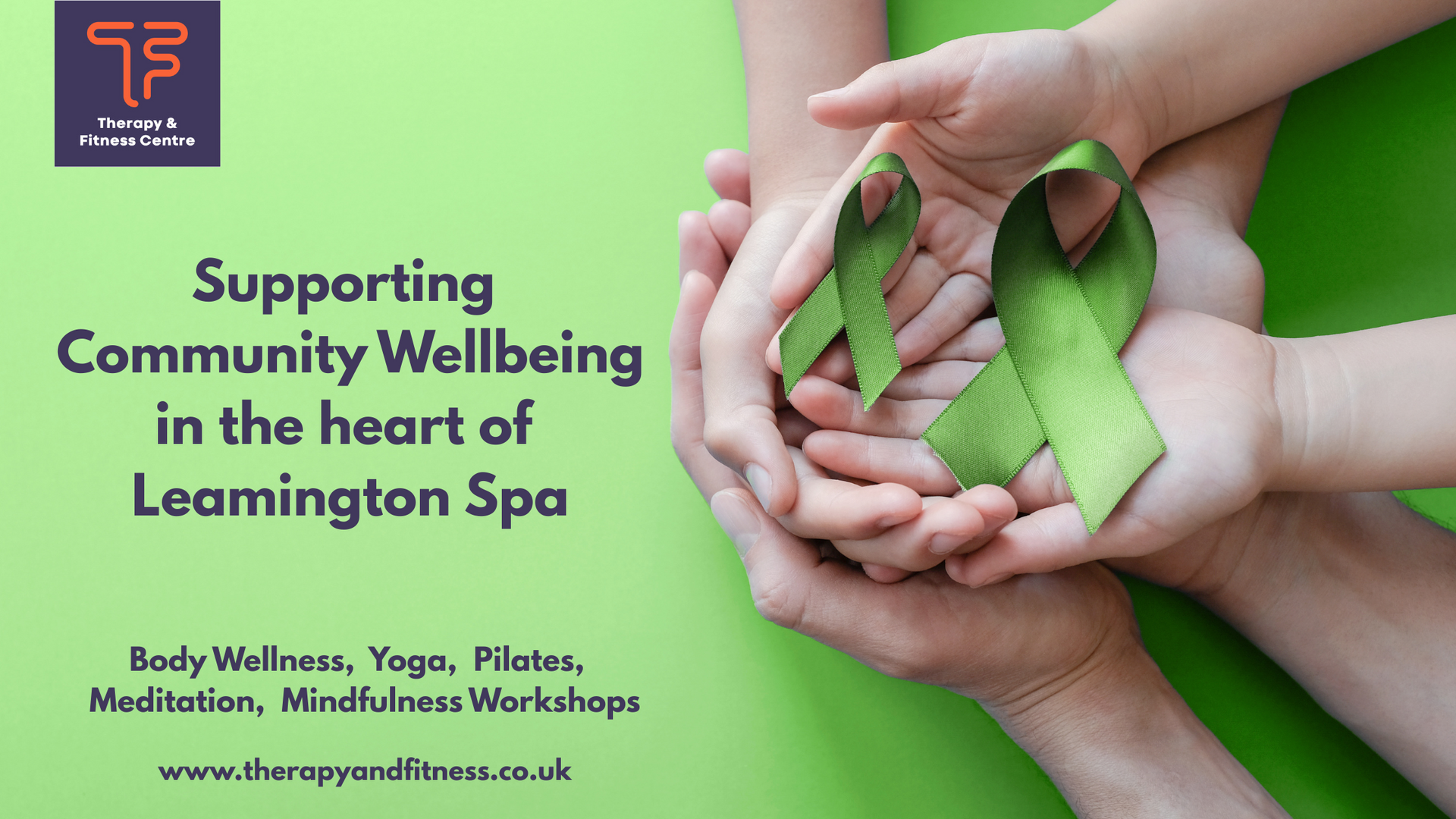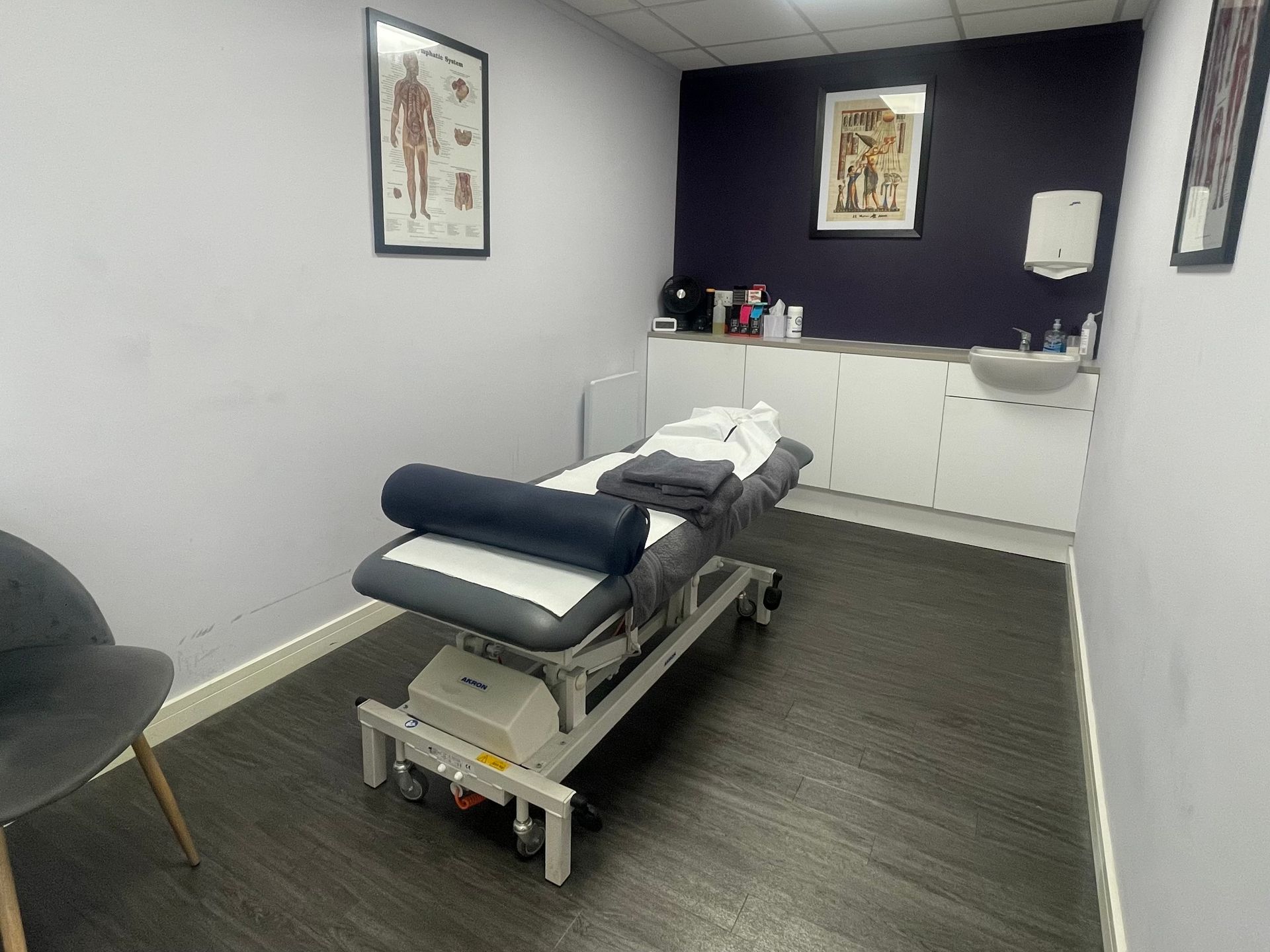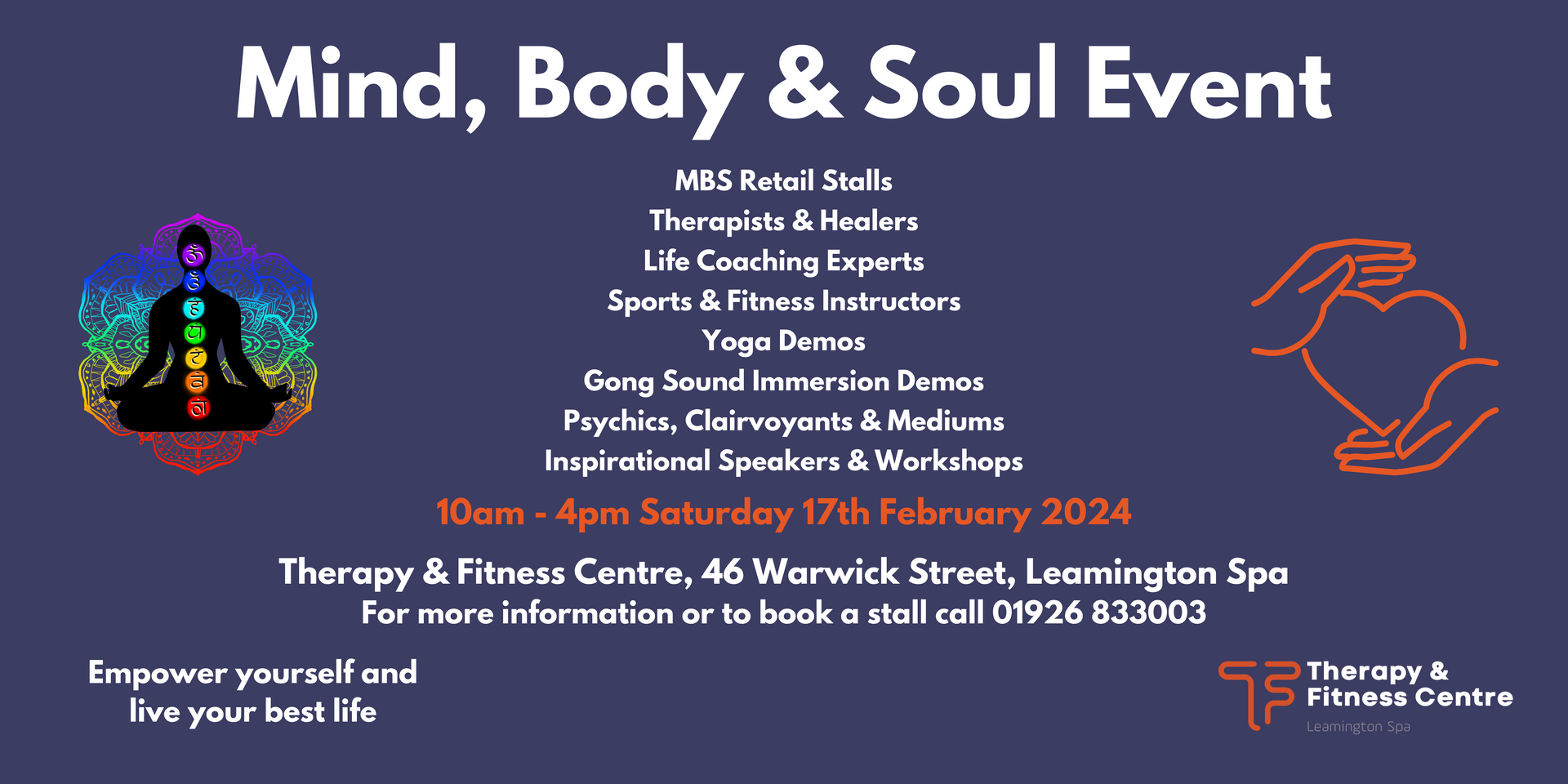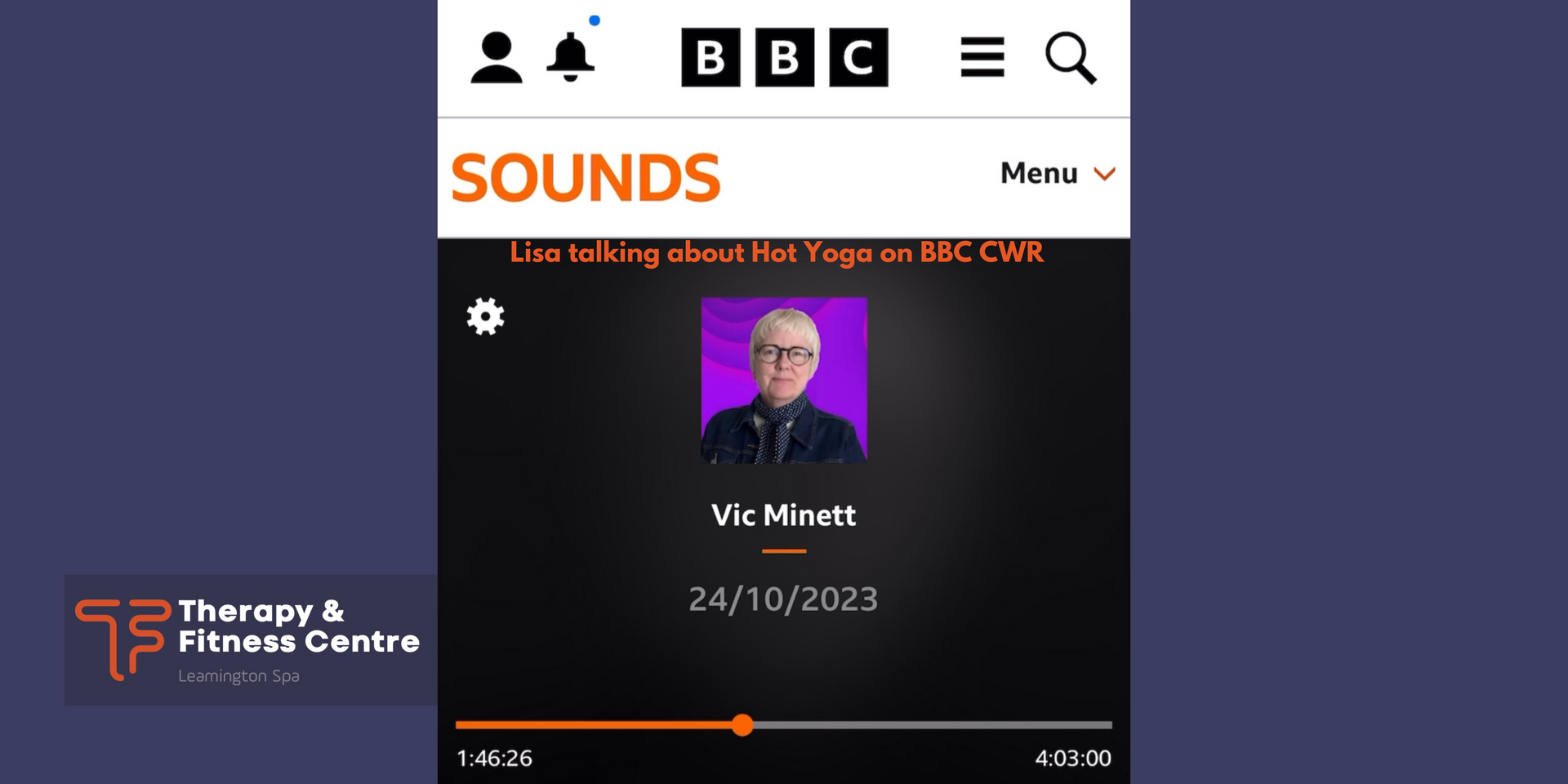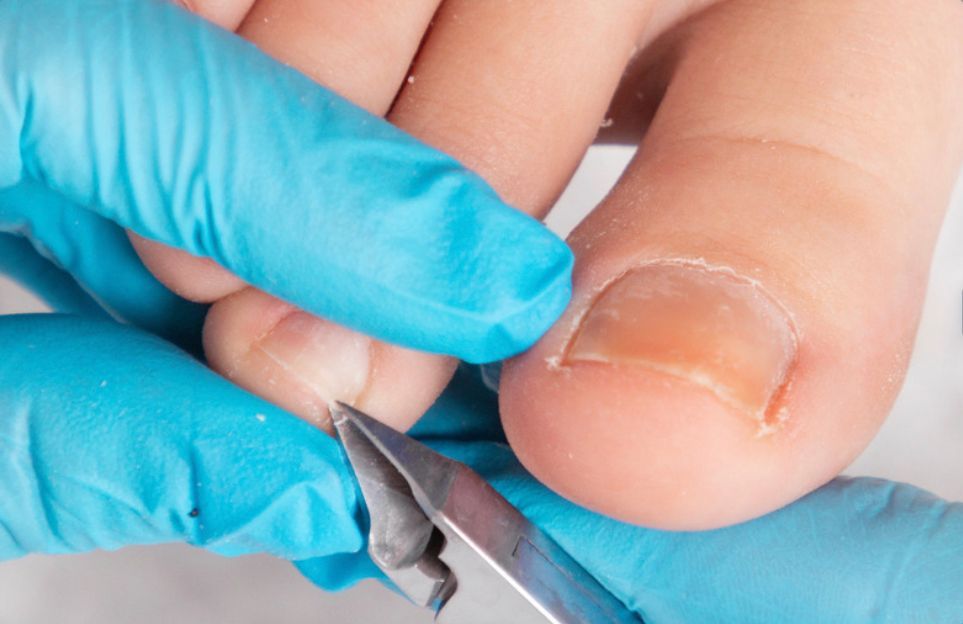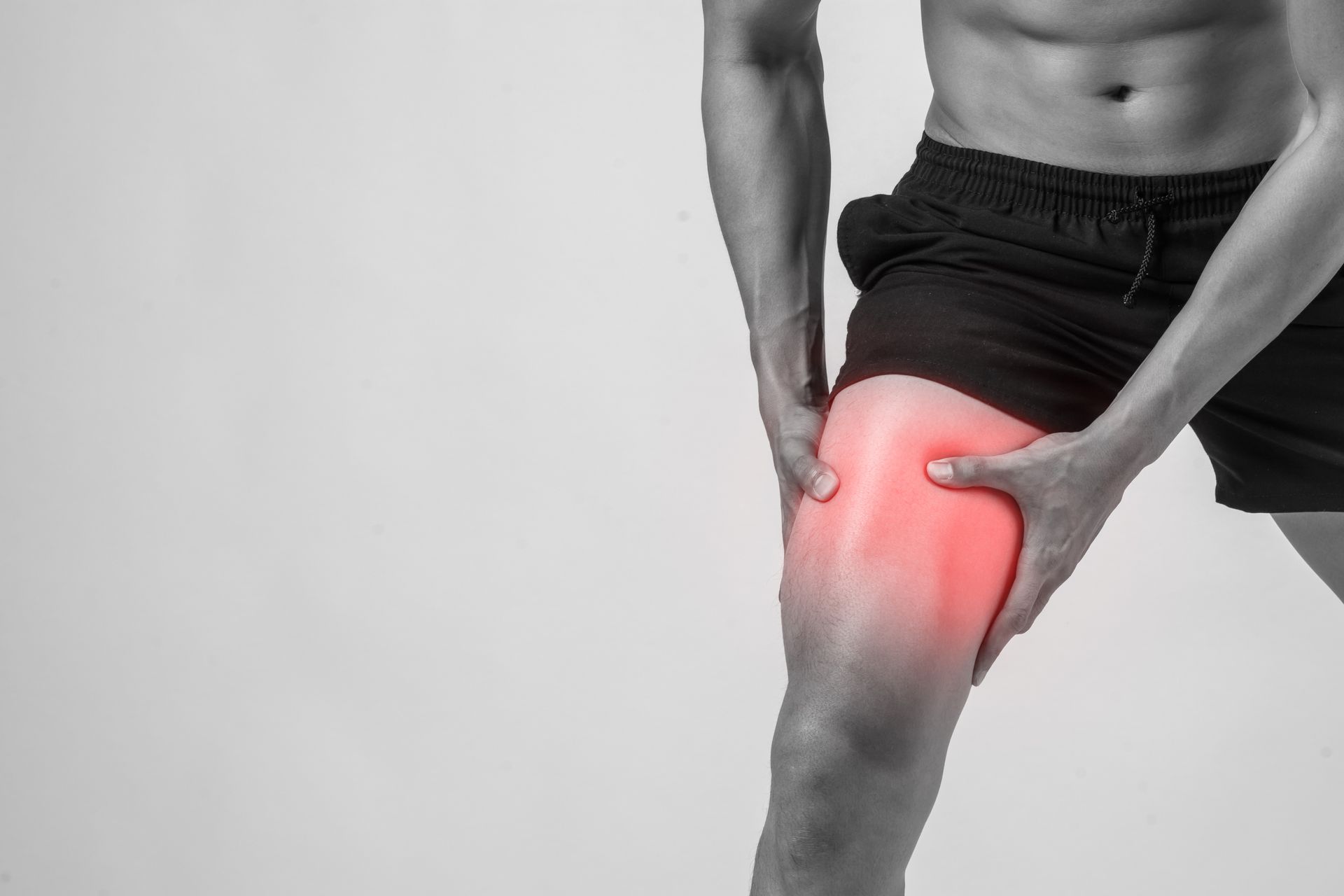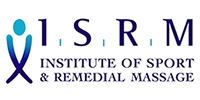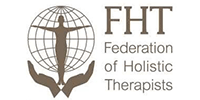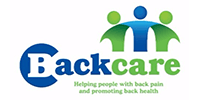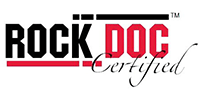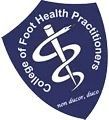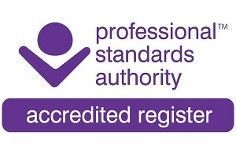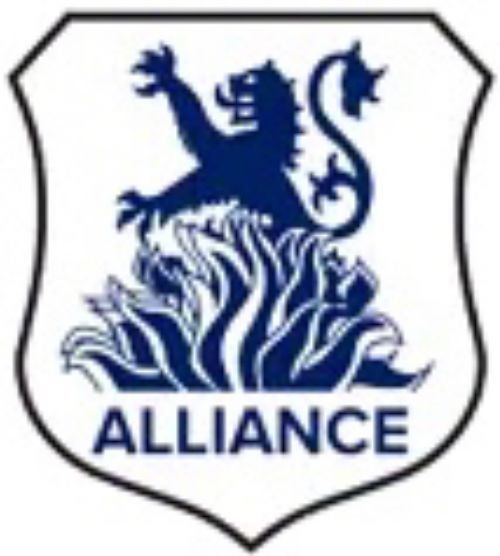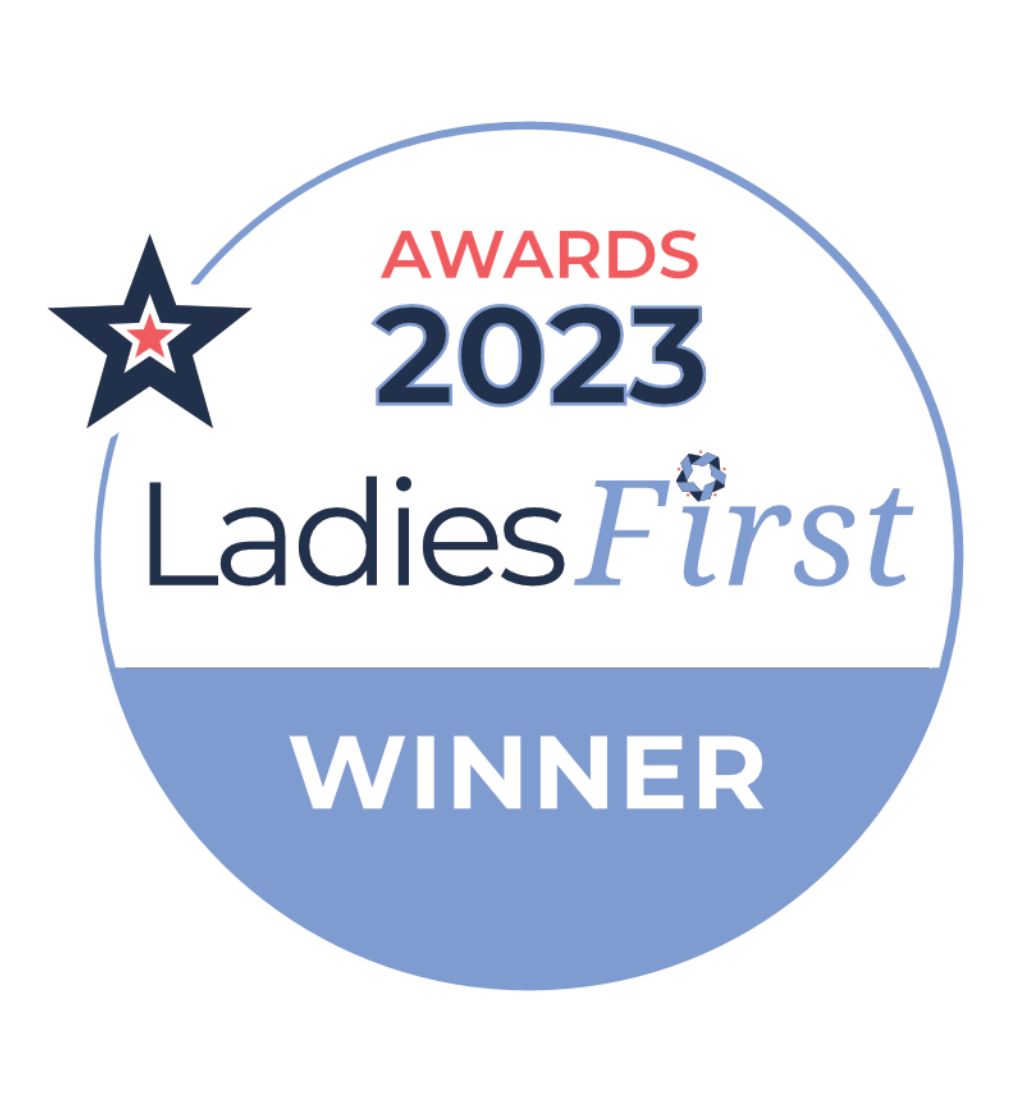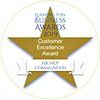Avoiding back pain for school teachers
Avoiding back pain for school teachers
We often get teachers coming into our clinic complaining of back, neck and shoulder pain. Almost everything in a primary school setting is designed for 4 to 11 year old children. This means teachers working in these environments are more likely to suffer back pain injury from constantly bending and working at low levels. Whereas high school teachers spend lots of time sitting marking and assessing papers, they also stand in awkward positions while writing on boards.
Musculoskeletal disorders have a huge impact on work related absences. For example in the UK, in 2007/2008, on average, each person suffering from an upper-limb disorder took an estimated 13.3 days off work due to a self-reported work-related illness or workplace injury, each person suffering from back pain an estimated 17.2 days, and each person suffering from a lower limb disorder an average of 21.8 days off.
Organising your classroom effectively will help to reduce these factors and reduce the likeliness of experiencing back pain. Prevention is a lot better than solving back pain issues when they arise.
Tips for reducing back pain in a school setting
- Take time to adjust your workstation / desk and set the screen at the correct height
- Eyes should be level with top of the screen
- Height adjustable chair preferably with no arms
- Elbows, hips, knees and ankles all at 90 degrees
- Sit on your sitting bones with the top of your pelvis forward rather than on your bum, this will bring your shoulders back
- Make sure you are in a comfortable position before starting an activity with young people
- Stop and move as soon as you start to feel uncomfortable in your position
- Have access to a low mobile chair for working at very low children’s tables
- Static children’s chairs increase the vulnerability of the spine
- Use a high stool instead of standing for long periods
- Have a floor cushion for when seated on the floor
- Have some standing desks available for the children to work at
- This both reduces the children’s sitting time and the amount of time teachers spend working at really low tables
- Make sure the board is at the correct height
- If possible, use trolleys or wheeled crates / suitcases to carry heavy books and resources
- Choose your bags carefully
- A rucksack with 2 straps is best to even out the weight across the back
- If not, then 2 similar weighted one strap bags on each shoulder
- If you have to carry a single strapped bag then make sure you are regularly changing the shoulder you carry it on
- Remember to stand tall when carrying these with your shoulders back and down
- Only carry what is essential in your bag to avoid unnecessarily carrying too much weight
- Limit sitting to 30 minutes at a time
- Rest and movement breaks are essential
Optimise your classroom setting to benefit your back health. If you are struggling talk to your managers as it is likely others are experiencing the same problems.
Here are a few exercises and stretches you can do in the classroom to help ease back pain.
Sitting down, round your back and let your arms hang in front of you. You should feel a gentle stretch over your spine.
